
Oil paint is a versatile medium that is used for both painting and crafts. It is composed of two components - pigment and oil - and each contributes to its drying time. For example, earthy browns are among the fastest drying types of paint, taking less than one day to dry on a plastic surface. Raw umber, for example, contains the natural oxidising agent manganese, which speeds up the oxidation process.

How long does oil paint take to dry on canvas?
The amount of time oil painting takes to dry depends on the paint and the amount of oil in it. A thinner layer of paint dries faster than a thicker one, which is why thinner layers are better for retouching. You should also consider the types of oil solvent available in the market. Choose the one that best suits the fluidity and consistency of your painting. For example, Alkyds and Linseed oil are the quickest to dry.
The first factor affecting drying time is location. Oil paint dries slowly, requiring ample air circulation. Paint with low humidity should be hung in a bright area. The lack of natural sunlight or wet air will extend the drying time. Lastly, if you have a large piece of artwork, a fan will speed up the drying process. Depending on the amount of paint you're using, a simple fan can make a big difference in the drying time.
In a word, there is no straight answer for this question. Usually it takes 24 hours if the paints are not thick. However, it can take several days to weeks if the painting is painted with thick brushstrokes.

How Long Does Oil Paint Take to Dry on Wood?
Oil paint dries slowly on wood. There are several variables that affect the drying time. For example, the surface of the painting is likely to absorb the paint and will require longer drying time. There are also different types of oils and mediums for the painting. Choosing the best one for your project is essential. Read this article for information about each type. There are a variety of ways to speed up the drying process of oil paint.
Oil paint dries to the touch in six to eight hours. It is ready for a second coat after 24 hours. If you need to accelerate the drying process, use a fast drying oil medium. This product will dry faster than normal oil. The oxidation process occurs when the paint reacts with oxygen in the air. It causes the paint to harden. When it dries, it is ready to be applied again. If you're painting over a wood surface, you'll want to use a fast drying oil medium.
If you're using oil paint on a wood surface, you'll be able to enjoy the natural beauty of the wood while waiting for it to dry. Oil paint has several advantages for wood, but one of them is that it takes a little longer to dry. When applying oil paint, you should pay special attention to the way you apply the paint to avoid overcoating. In addition, the drying time of oil paint varies depending on the application method, the environment, and the pigmentation and quality of the color.
In a word, oil paint will take longer to dry on a wood surface than on a canvas, so if you want to paint on metal, it's best to prepare the surface with gesso. Another factor that will affect the drying time of oil paint is the texture of the surface. If you're using a wood surface, you'll want to protect it from water damage with gesso.

How Long Does Oil Paint Take to Dry on Plastic?
When painting with oil paint on plastic, the first thing you need to do is apply a primer. This will make the surface of the painting absorb the paint much faster. Once the painting has dried on plastic, you will need to add a sealer to keep it from getting dirty. Use a clear acrylic sealer to protect your work. While the paint is drying, the plastic may have absorbed some of the oil.
The last step in the painting process is to seal the surface. Before applying the sealer, brush the surface thoroughly with a lint-free cloth. If the painting was done outside, you may want to cover the plastic with a waterproof plastic sealer. Once the surface is clear, you can add the sealer. Once the surface is sealed, apply a clear acrylic sealer to protect it and prevent it from absorbing the oil.

How Long Does It Take For Oil Paint to Dry on Glass?
Oil paint takes longer to dry on glass than on other surfaces, and it's important to keep this in mind when you're planning to frame an oil painting. Because non-porous glass prevents oxygen from penetrating behind the paint, it can take several days to completely dry on glass. The drying time also depends on your painting technique, such as brushwork, which requires more layers. If you're trying to blend two tones, this will significantly lengthen the drying time.
Oil paint is a good choice for glass paintings, as it provides texture. Use one light source for a better contrast. Sketch out your subject on a canvas or board before painting it on the glass. Fill in any shadows, midtones, or background colors with a brush. Once you're happy with the composition, paint the inside of the glass and add light reflections. The painting should dry in eight to ten hours, but you can repeat it as many times as you need to.
Oil paint is best applied on porous surfaces, such as glass. Because glass is porous, it requires additional cleaning steps to avoid any possible contamination. The first step in cleaning glass is to use soap and water. Although these methods are necessary, they're not enough to remove dirt and debris. You'll also need to use a stronger solution for cleaning glass before applying oil paint. After this, you'll need to allow the paint to dry completely before you apply another coat.
 https://www.thedolphingallery.com/how-much-time-does-oil-painting-take-to-dry/?feed_id=73&_unique_id=61b84bff80722
https://www.thedolphingallery.com/how-much-time-does-oil-painting-take-to-dry/?feed_id=73&_unique_id=61b84bff80722
 Oil paint is a versatile medium that is used for both painting and crafts. It is composed of two components - pigment and oil - and each contributes to its drying time. For example, earthy browns are among the fastest drying types of paint, taking less than one day to dry on a plastic surface. Raw umber, for example, contains the natural oxidising agent manganese, which speeds up the oxidation process.
Oil paint is a versatile medium that is used for both painting and crafts. It is composed of two components - pigment and oil - and each contributes to its drying time. For example, earthy browns are among the fastest drying types of paint, taking less than one day to dry on a plastic surface. Raw umber, for example, contains the natural oxidising agent manganese, which speeds up the oxidation process.




 https://www.thedolphingallery.com/how-much-time-does-oil-painting-take-to-dry/?feed_id=73&_unique_id=61b84bff80722
https://www.thedolphingallery.com/how-much-time-does-oil-painting-take-to-dry/?feed_id=73&_unique_id=61b84bff80722


 One of the most common problems of oil painting is cracked paint. It can affect any oil painting.
One of the most common problems of oil painting is cracked paint. It can affect any oil painting.



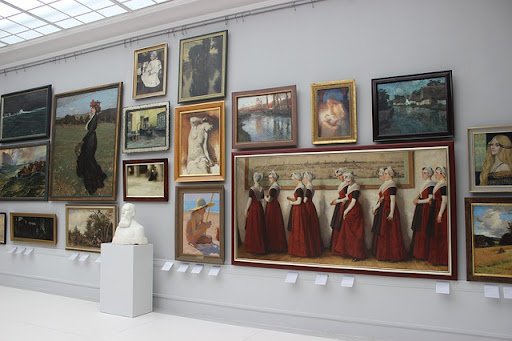 How to find out if a painting is worth anything?
If you are not sure how valuable a painting is, you can always go online to see who created it. Most famous paintings feature people. But there are also some abstract paintings that can be worth more than others. You can also ask the artist to describe the subject matter of his or her painting. If you have a painting that is not your favorite, you can always ask the artist to provide some additional information about the piece.
How to find out if a painting is worth anything?
If you are not sure how valuable a painting is, you can always go online to see who created it. Most famous paintings feature people. But there are also some abstract paintings that can be worth more than others. You can also ask the artist to describe the subject matter of his or her painting. If you have a painting that is not your favorite, you can always ask the artist to provide some additional information about the piece.




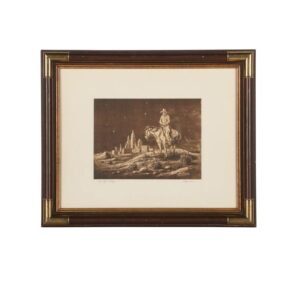


 How Are
How Are 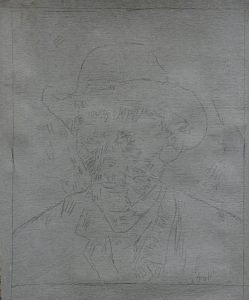
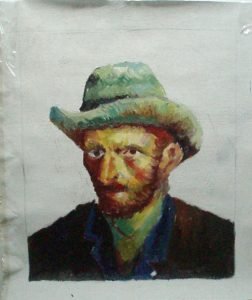
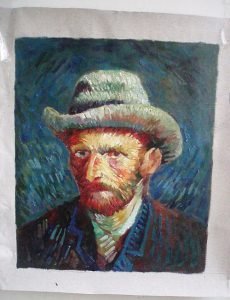
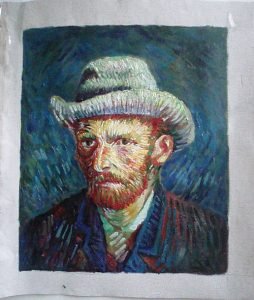
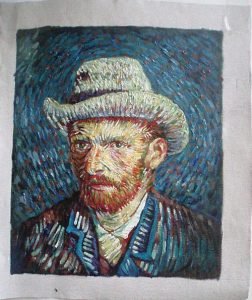
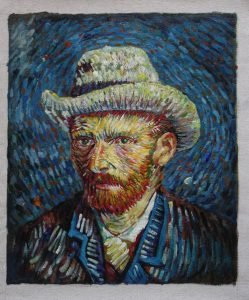 After the painting is completed, it is coated with two layers of varnish to protect the painting from humidity and maintain its lustre. This process can be a lengthy one, so it is essential to check the skill of artists before signing on with
After the painting is completed, it is coated with two layers of varnish to protect the painting from humidity and maintain its lustre. This process can be a lengthy one, so it is essential to check the skill of artists before signing on with